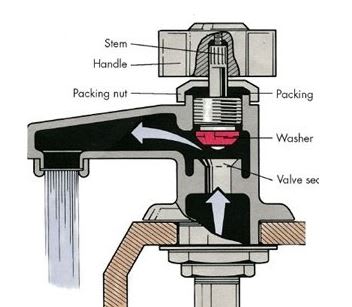Dear All,
I am completely new to the control valves and currently studying the control valve actuator sizing. May be my question is basic but i have found the following thing very suspicious.
The book says:
the direction of the seat load is in upward if the valve is push down to close. What I think is the opposite. Can someone clarify me on that point?
Regards,
I am completely new to the control valves and currently studying the control valve actuator sizing. May be my question is basic but i have found the following thing very suspicious.
The book says:
the direction of the seat load is in upward if the valve is push down to close. What I think is the opposite. Can someone clarify me on that point?
Regards,

